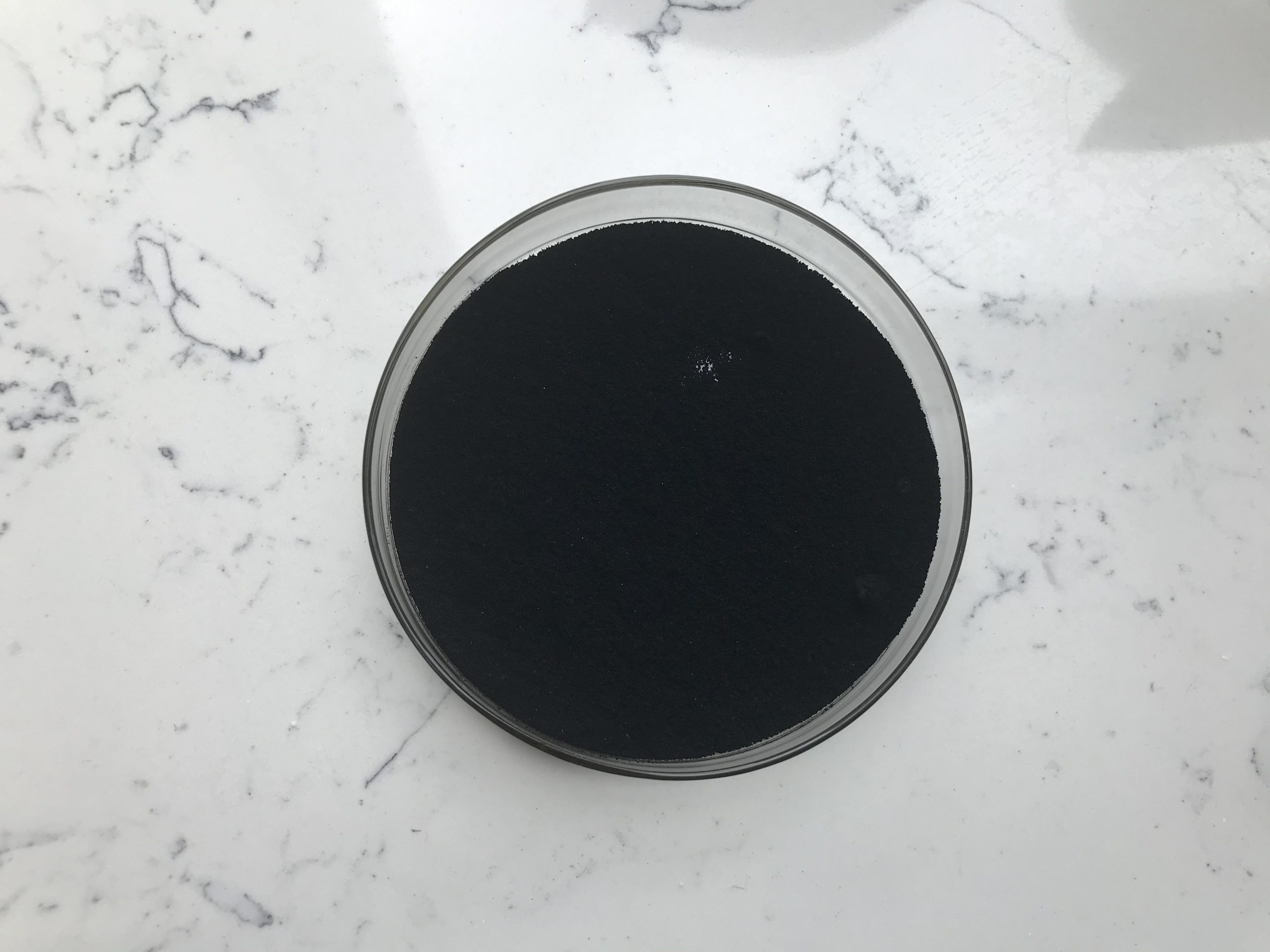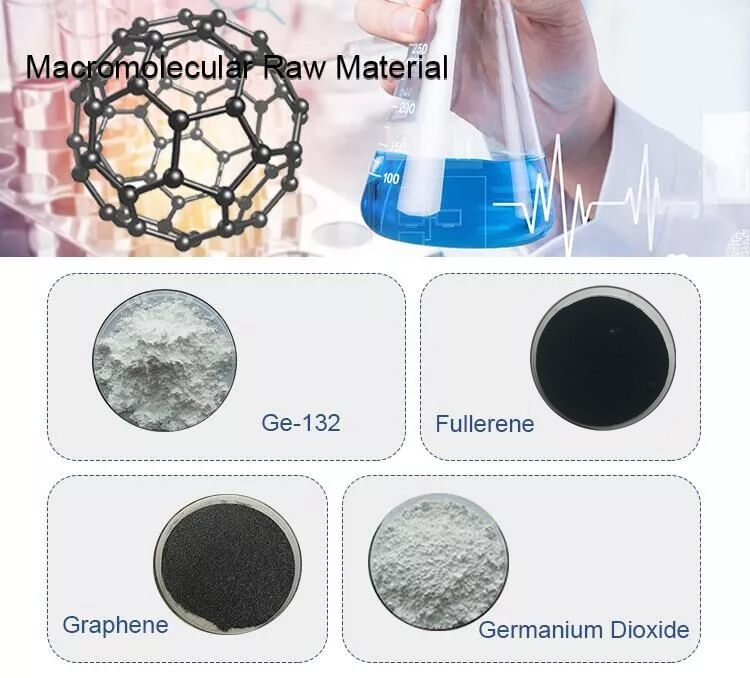Fullerene C60 and Graphene are both allotropes of carbon, but they differ significantly in their structure, properties, and applications. Here’s a detailed comparison:
1. Structure:
Fullerene C60 :
- It has a spherical shape, resembling a soccer ball.
- Composed of 60 carbon atoms arranged in a pattern of 20 hexagons and 12 pentagons (similar to a truncated icosahedron).
- Each carbon atom is bonded to three neighboring atoms.
- It is a zero-dimensional molecule.
Graphene:
- It is a two-dimensional single layer of carbon atoms arranged in a honeycomb lattice.
- Each carbon atom is bonded to three others in a planar sp² hybridized structure.
- It is considered a basic building block for other carbon allotropes, including graphite, carbon nanotubes, and fullerene.

2. Dimensions and Geometry:
- Zero-dimensional molecule with a finite, closed structure.
- Compact and symmetrical geometry.
Graphene:
- Two-dimensional sheet with infinite planar dimensions (theoretically).
- Flat and extended geometry.
3. Electrical Properties:
Fullerene C60 :
- Semiconducting in nature.
- Exhibits interesting electronic properties like charge transfer and superconductivity in doped forms.
Graphene:
- Excellent conductor of electricity due to its delocalized π-electrons.
- Shows ballistic transport and exceptionally high mobility of charge carriers.
4. Mechanical Properties:
- Relatively low mechanical strength due to its molecular nature.
- Can form crystals, but these are softer than graphene.
Graphene:
- One of the strongest materials known, with high tensile strength.
- Remarkable flexibility and stiffness.
5. Thermal Properties:
Fullerene C60 :
- Moderate thermal conductivity compared to graphene.
- Stable at high temperatures but less thermally conductive.
Graphene:
- Exceptional thermal conductivity, making it suitable for heat dissipation applications.
6. Applications:
Fullerene C60 :
- Used in organic solar cells, drug delivery systems, lubricants, and antioxidants.
- Often explored in medical and nanotechnology fields for its unique properties.
Graphene:
- Applications span electronics (transistors, sensors), energy storage (batteries, supercapacitors), composites, and coatings.
- Widely researched for its potential in next-generation computing and material science.
7. Production:
- Typically produced by methods like arc discharge, laser ablation, or combustion.
Graphene:
- Methods include chemical vapor deposition (CVD), mechanical exfoliation, and chemical reduction of graphene oxide.

8. Molecular vs. Material:
- A molecular structure with discrete units.
- Can be dissolved in organic solvents.
Graphene:
- A material with continuous, macroscopic sheets.
- Insoluble but can be dispersed as graphene oxide in certain solvents.
In summary, C60 is a molecule with unique spherical geometry, while graphene is a planar sheet with remarkable electronic, thermal, and mechanical properties. Both have their distinct advantages and are used in different technological applications.
